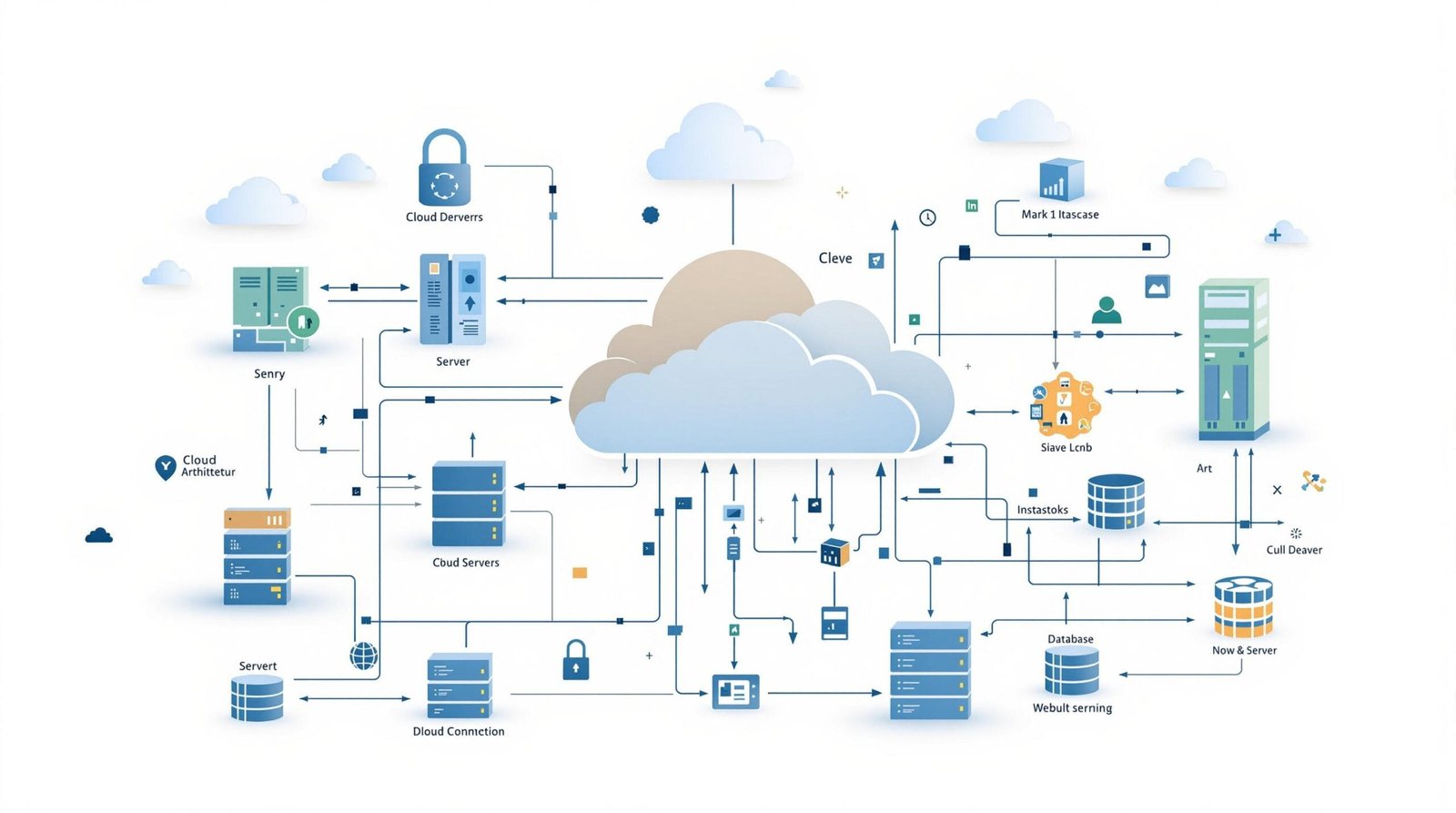In most cases, employees are the weakest cybersecurity link. They may not have the technical expertise to spot a phishing email or know how to properly handle sensitive data. Additionally, employees may be more likely to take shortcuts when it comes to security, such as using the same password for multiple accounts.
Table of Contents
What makes employees the weakest cybersecurity link sometimes?
Employees are sometimes the weakest cybersecurity link because they are unaware of the importance of cyber security and the potential risks involved. They may also be more likely to click on phishing emails or download malicious attachments, which can give attackers a foothold in the company’s network. Additionally, employees may not follow best practices for password security, reuse passwords across multiple accounts, or use easily guessed passwords.
How can companies better protect themselves from employee-related cybersecurity threats?
There are a number of ways companies can better protect themselves from employee-related cybersecurity threats. One way is to provide employees with comprehensive training on cybersecurity threats and best practices for avoiding them. Additionally, companies can make use of technological solutions such as data loss prevention software to limit the amount of data that employees can access and download. Lastly, companies should have clear policies and procedures for handling sensitive data and responding to security incidents.
What are some common cyber threats that target employees?
There are a number of common cyber threats that target employees, and these can include phishing scams, malware, and ransomware. Phishing scams are typically designed to trick employees into disclosing sensitive information, such as login credentials or financial information. Malware can be used to infect an employee’s device and gain access to sensitive data, while ransomware can encrypt an employee’s files and demand a ransom for the decryption key. These are just a few of the many cyberthreats that target employees, and it’s important for employees to be aware of these threats and how to protect themselves.
How can employees better protect themselves from cyber threats?
There are a number of ways that employees can better protect themselves from cyber threats. Firstly, they should be aware of the most common types of attacks and how to identify them. Secondly, they should have strong passwords and keep them confidential. Thirdly, they should install security software and keep it up to date. Fourthly, they should only connect to secure networks. Finally, they should report any suspicious activity to their IT department or security team.
What are some common cyber security risks associated with employees?
There are many cyber security risks associated with employees. Some of the more common ones include:
- Phishing attacks: Phishing emails can be sent to employees to try to get them to give out sensitive information or download malware.
- Malware: Employees can accidentally download malware onto their computers or devices, which can then be used to steal information or damage the system.
- Social engineering: Employees can be tricked into revealing sensitive information or performing actions that compromise security, such as clicking on a malicious link.
- Insider threats: When employees have access to sensitive information, they can use it to help themselves or hurt the company.
How can employers reduce the risk of employee-related cyber security threats?
There are many ways employers can reduce the risk of employee-related cyber security threats. One method is to educate employees about cyber security risks and how to protect themselves. This can help employees be more aware of the risks and how to avoid them.
Another way to reduce the risk is to have a policy in place that requires employees to use strong passwords and to change them regularly. The policy should also require employees to use two-factor authentication for accessing sensitive data.
Employers can also reduce the risk by monitoring employee activity and using data loss prevention tools. These tools can help employers detect and prevent data leaks.
Finally, employers should have a plan in place for what to do in the event of a data breach. This plan should have steps for stopping the breach and telling employees who are affected.
What are some best practices for employee cyber security?
There are a number of best practices for employee cyber security, but three of the most important are:
- Create and maintain strong passwords: Passwords should be at least 8 characters long and include a mix of letters, numbers, and special characters. They should be changed regularly, and employees should never use the same password for more than one account.
- Be cautious with email: Employees should be aware of phishing scams and only open emails from trusted sources. They should also avoid clicking on links or attachments from unknown senders.
- Keep personal information private: Employees should not share their passwords or other personal information with anyone, and they should be careful about what personal information they share on social media or other websites.



